
Micros
Microbreweries—those that produce fewer than 15,000 barrels annually and sell less than 25% of that production onsite—are shifting focus to their immediate customers.
You are using an outdated browser not supported by The Brewers Association.
Please consider upgrading!
Operating a small production brewery presents unique challenges of scale. Whether you are trying to maximize efficiency within your brewhouse, considering distribution, or managing your approach to packaging beer, the resources in this category can help you make decisions to effectively manage your business and plan for a successful future.

Microbreweries—those that produce fewer than 15,000 barrels annually and sell less than 25% of that production onsite—are shifting focus to their immediate customers.
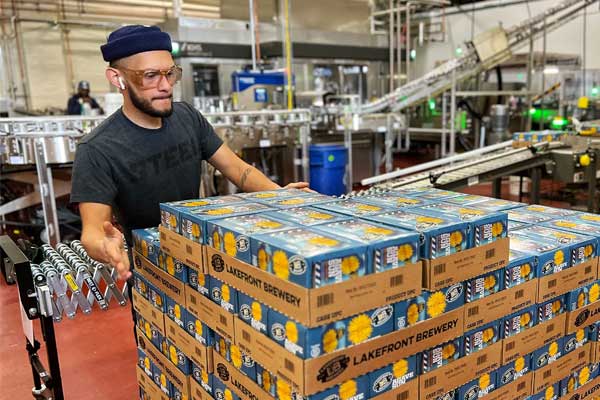
The Regionals category underperformed, down 2% in volume, even as craft beer as a whole held its own in a volatile market.

Microbreweries—those that produce fewer than 15,000 barrels annually and sell less than 25% of that production onsite—saw production volume increase by 11%.
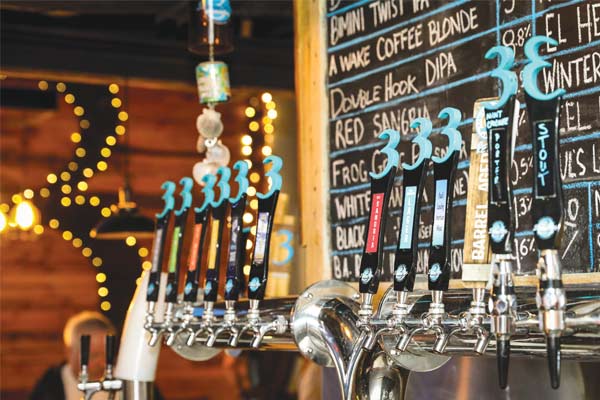
Across the country, microbreweries facing widespread shutdowns and business restrictions just a couple of months into the year found ways to adjust and innovate.
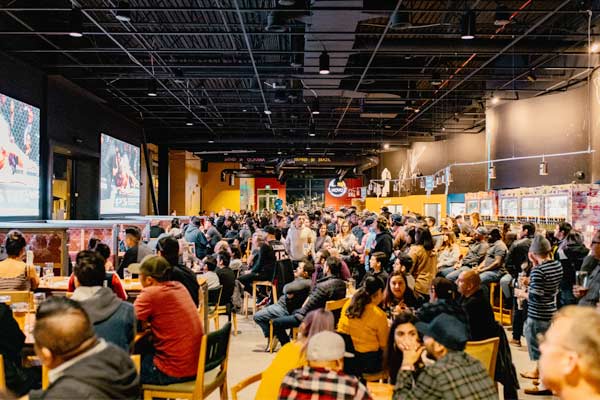
With 2,058 microbreweries operating in 2019 among 8,275 breweries, the definition of “local” continues to tighten every year, creating a competitive challenge.
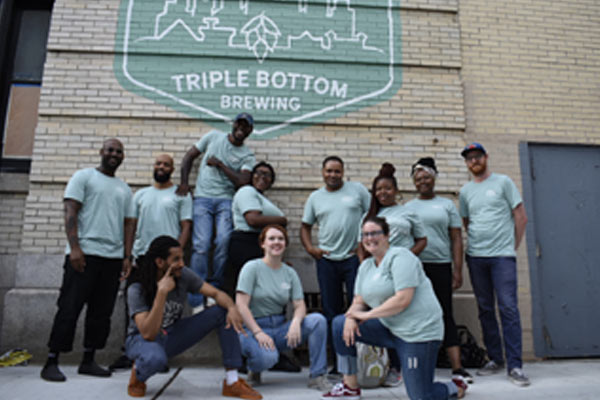
A growing number of breweries who are fully committed to the triple bottom line are taking the next step and becoming Certified B Corporations.
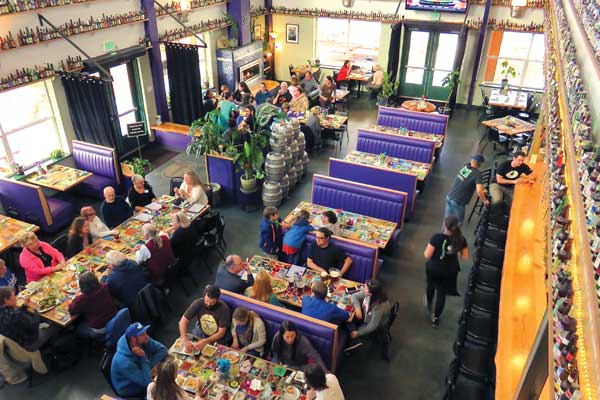
Microbreweries are now the primary engine in craft growth. Seventy-eight percent of craft beer growth in 2016 came from breweries that sold fewer than 15,000 barrels.

Brewing is a capital-intensive industry, so it's imperative to follow a path that brings the greatest return while conserving or boosting cash. Cash is the key to survival.

Ninkasi Brewing has adopted a mentality of continuous improvement—also known as lean manufacturing—to help solve its operational challenges.
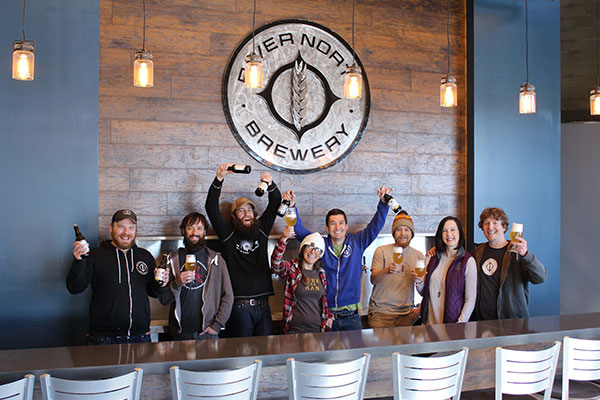
Not only did more microbreweries open than ever before in 2015, but more also grew into regional breweries. Still, the category grew an impressive 24 percent.